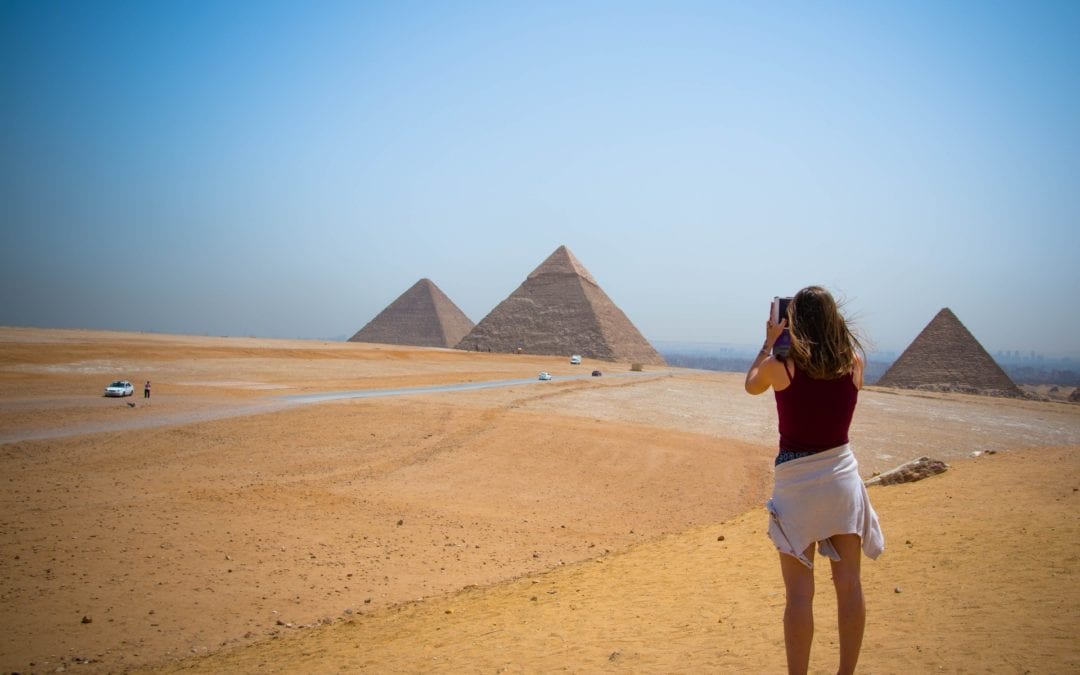For many travellers, historians and adventure seekers, Egypt is considered a holy grail. Riddled in mystery, the plethora of ancient tombs and monuments defy the odds of the modern World where it can often seem as though there is no such thing as “off the beaten track” anymore, let alone lacking evidence of how structures were created (how on Earth were the Great Pyramids actually engineered?)
A visit to Egypt is jam packed full of attractions spanning the length of the country. Be prepared for supreme heat, engaging locals, and a daily schedule of sights to visit that coincide with opening times and tour groups.
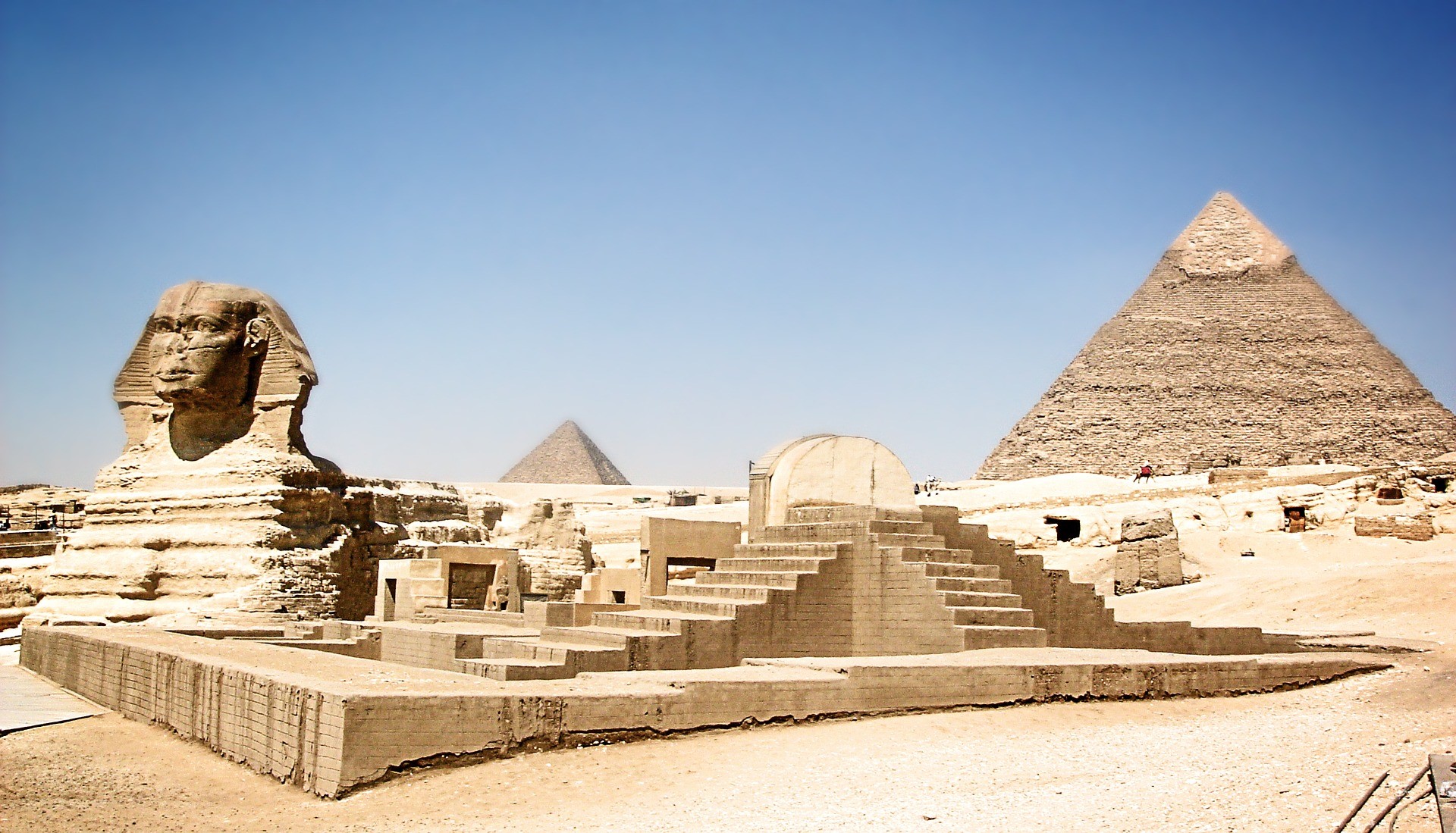
For many travellers, historians and adventure seekers, Egypt is considered a holy grail. Riddled in mystery, the plethora of ancient tombs and monuments defy the odds of the modern World where it can often seem as though there is no such thing as “off the beaten track” anymore, let alone lacking evidence of how structures were created (how on Earth were the Great Pyramids actually engineered?)
A visit to Egypt is jam packed full of attractions spanning the length of the country. Be prepared for supreme heat, engaging locals, and a daily schedule of sights to visit that coincide with opening times and tour groups.
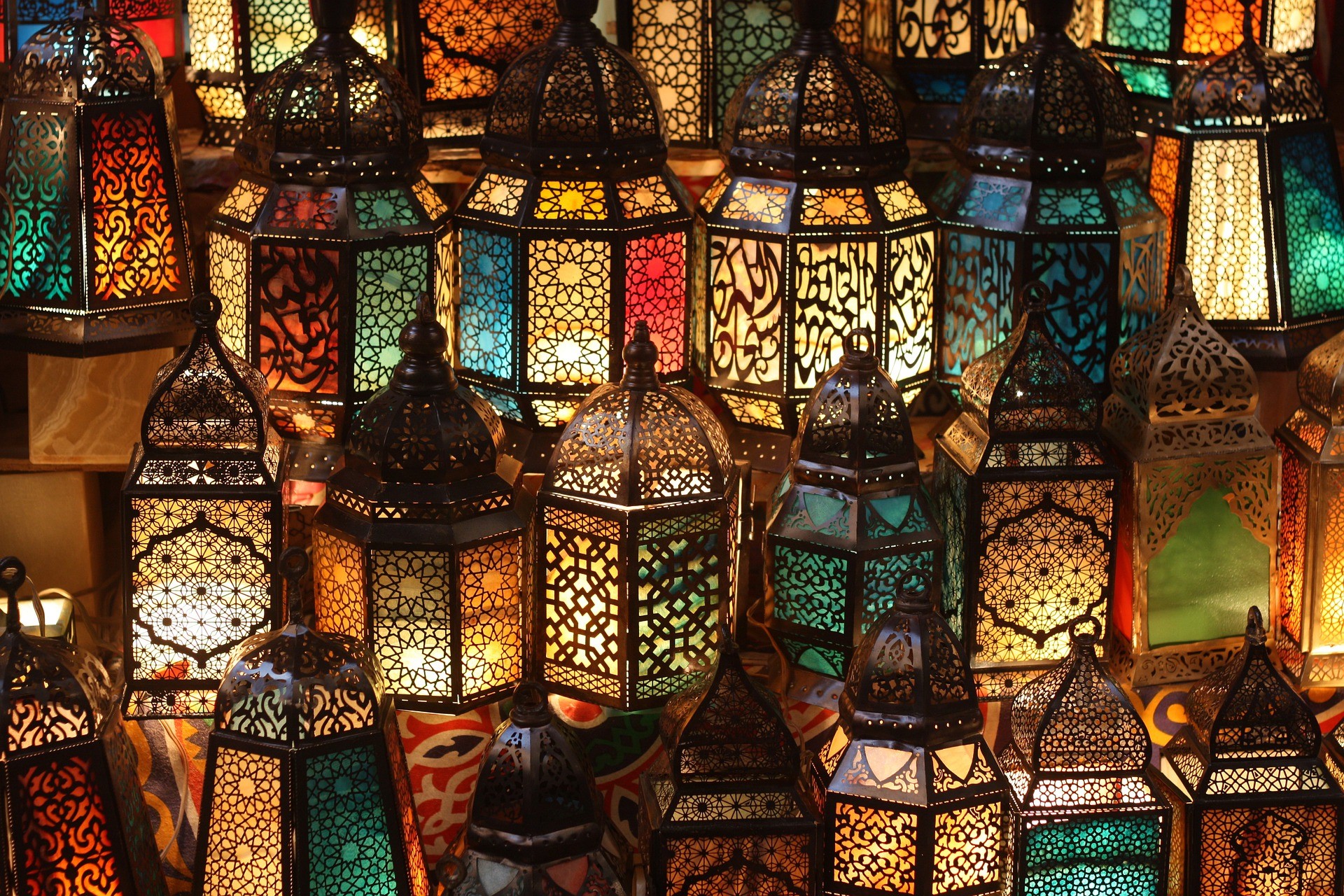
Up close to the Pyramids presents another surprise. The bricks on the lowest tier are about half the height of a human adult. How on earth did the bricks at the top get there without the support of modern machinery?
In Cairo time can be spent visiting the Pyramids and Sphynx, but save time too to wander the town. Find yourself surrounded by Egyptians in traditional dress. Notice local men out and about while the women stay home to complete household chores. Observe local handicrafts on sale at the Bazaars. Enjoy house-made Egyptian cuisine of meze style platters with shish meats. Then travel South on the River Nile.
The River Nile is disputed as the longest river in the World. Stretching the entire length of Egypt, the Nile passes through many different landscapes, offering a vast glimpse at the eco system of the country.
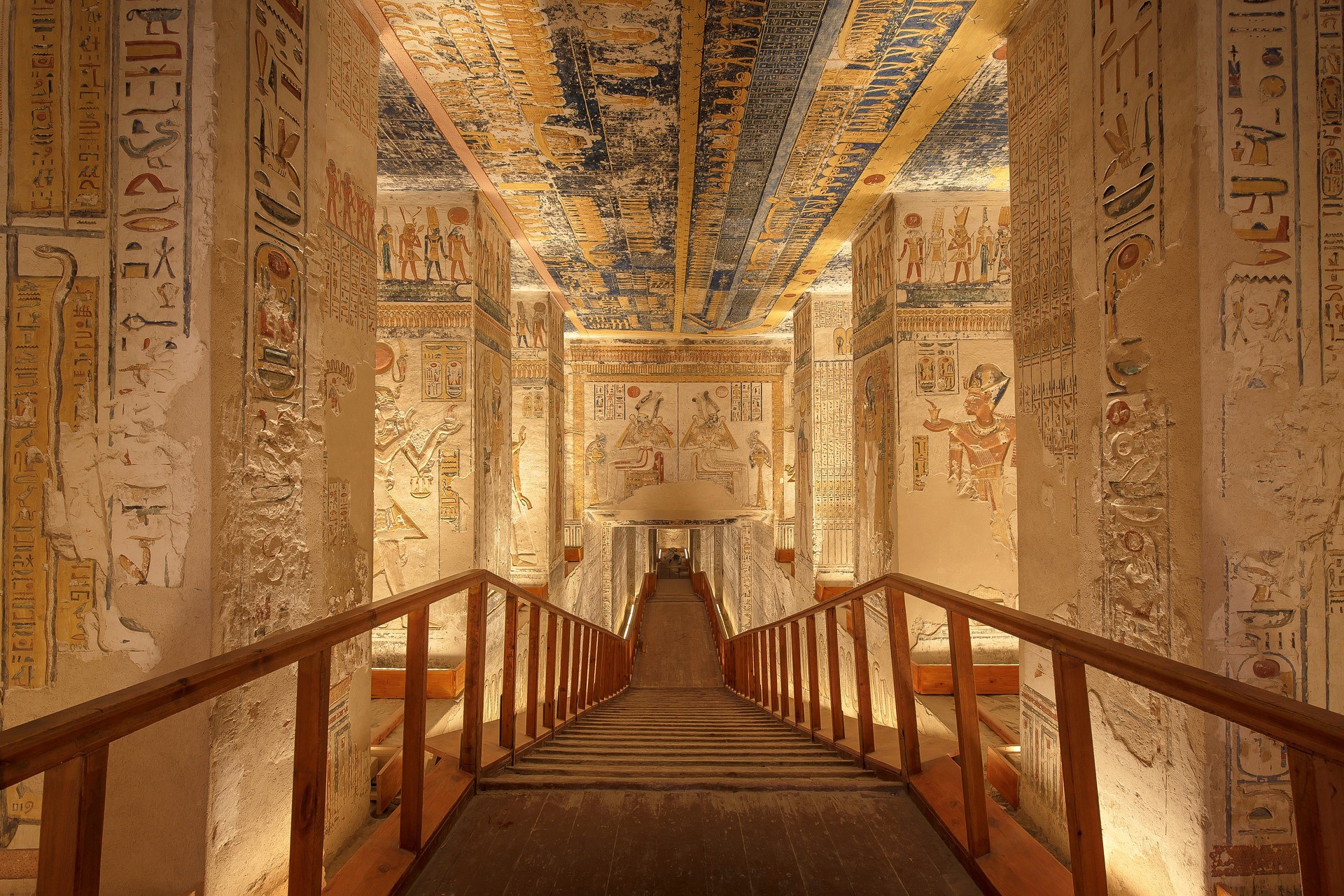
A popular attraction for visitors to Eqypt is to float South down the Nile on either a traditional felucca (essentially a raft) or a boat. The attraction serves as an ideal opportunity to witness Egypt from the river, noticing the landscape as it changes from vast green bush to dusty desert banks. The river in places is peaceful and floating with a book and camera could be a trip highlight.
Disembark close to Luxor, which is a city at first seemingly like Cairo. The surrounds are barren and dusty, however in place of Cairo’s city vibe with plenty of locals moving about their daily activities, Luxor is attractive to travellers who come to see both Tutankhamun’s Tomb, The Valley of the Kings, and Hatshepsut Temple. For an extra highlight, options to ride camels or donkeys to each attraction can be purchased on-site
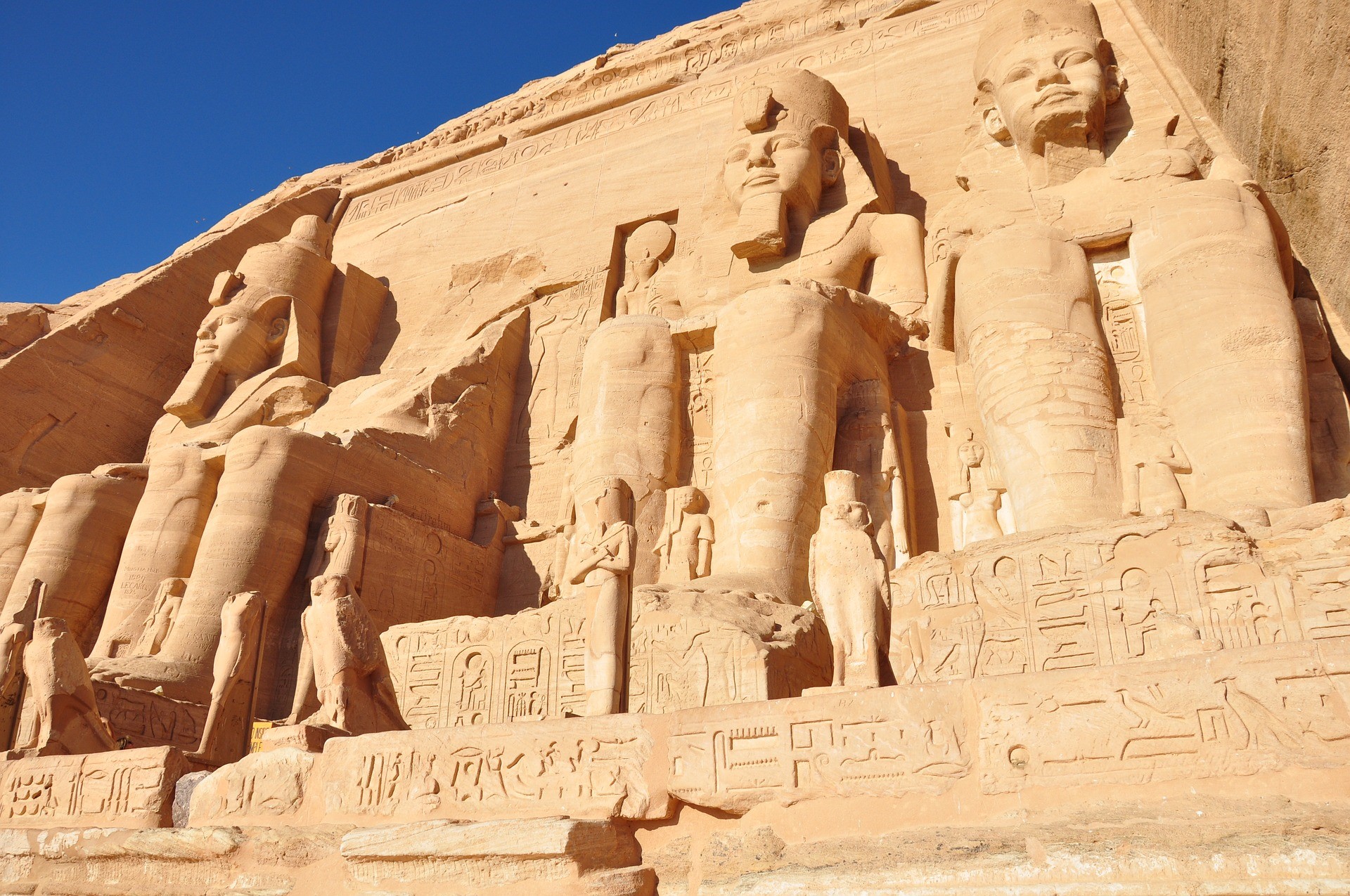
Next stop travelling South is Aswan. Home to Abu Simbel, Aswan is also where an overnight train to Cairo departs from too. For travellers, this means a boat ride South on the Nile as far as Aswan is an option, before then taking an overnight train North to Cairo to end the trip
Abu Simbel is the site of ancient temples carved into the dusty red rock face. A UNESCO World Heritage Site thought to date back to the 13th Century, the detail of each carving has been meticulously restored. It’s here travellers will often choose to head over to Jordan, encompassing two countries into one trip, or head to the Red Sea.
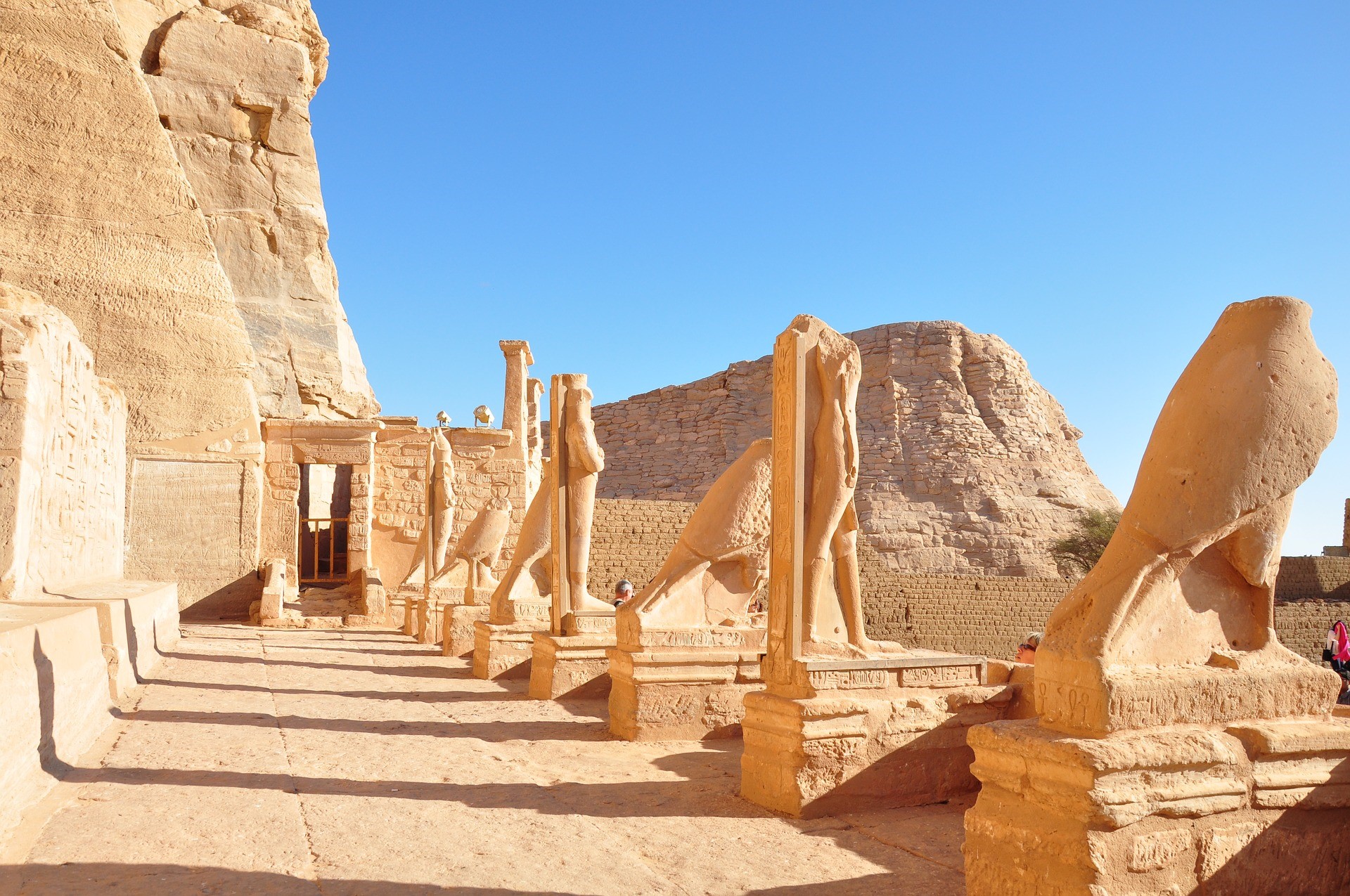
For other travelers, the time spent exploring the many ancient relics, tombs and simply observing the unusual landscape of Egypt with be satisfied from this point. Egypt’s great many questions like who and how were the Pyramids formed, why haven’t Cleopatra’s remains been located, and what do all the hieroglyphics represent; will become even more curious after such an explorative trip.
Words by: chasingdreamstravel.co.nz
@chasingdreamstravelnz

